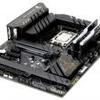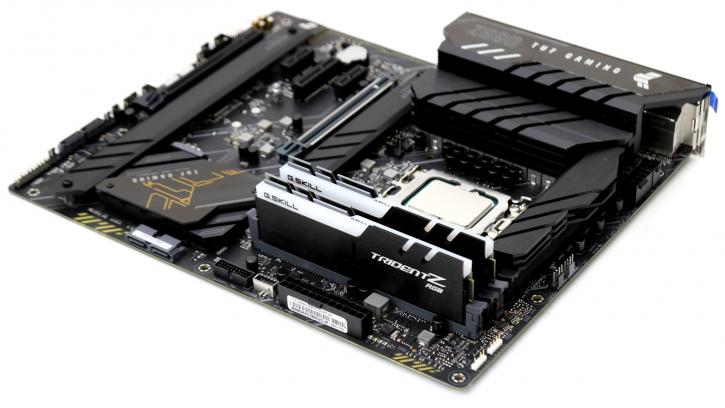Final Words & Conclusion
Final Words
Before we started working on this article a few other media also shared some results in between DDR4 and DDR5, and yeah we also concur, the differential in between the two memory standards is a few percent here and there; with an exception and anomaly here and there as well. Truthfully I am a bit startled as to how close the performance differential actually is. One thing needs to be said here though, back in the early days of DDR4 the norm was 2133/2400 MHz with fairly slow timings also. Currently, the sweet spot for DDR4 is a 3600 MHz target with something close to CL16 for the best price-performance ratio. Hence we used such a kit. For DDR5 frequency and timings will improve over time, but as you've been able to see early-adopting of this technology might be an expensive road to pursue. We feel 5200 MHz is the DDR5 sweet spot, however CL40 is the vexatious factor.
DDR5, however, is the way forward, there's no doubt about it, in due time frequencies will go up and latency values will come down. And that last bit is somewhat the bigger part of the riddle, as latency is quite high with DDR5. Despite that; it still managed to win in almost any scenario though, albeit as stated with merely a few percent. If we look purely at gaming then again we hardly measure a performance differential that is substantial enough, so your money is better spent on a faster graphics card as opposed to purchasing more expensive DDR5 memory.
Concluding
While we would recommend DDR5 usage in favor of DDR4 on Alder Lake, we have to factor in the component shortage, and DDR4 memory certainly is cheaper than a 5200 MHz DDR5 kit. In that respect, it can make absolute sense to re-use that DDR4 of yours on a compatible Z690 motherboard in combination with any Alder lake Core 12th gen processor of choice, as really, the differential in between the two technologies currently is petite, whereas you can easily save 50~75 bucks with such a decision. We have to reiterate this though, the DDR5 latencies might be quite weak but the new DDR5 2x16GB 5200MHz kits perform admirably in general with colossal bandwidth and less energy utilized. DDR5's real-world performance in memory-bandwidth-intensive applications such as 7-Zip or Handbrake shows its key advantages but is limited to that, a few applications (that require high bandwidth). We also think that DDR5 is unquestionably the way of the future, and only latency-sensitive apps should cause you to second-guess your decision if you're going with Intel's 12th Generation processor, well that and pricing. A year from now we think higher memory clock frequencies and lower latency values can be expected. Also don't forget that DDR5 offers enhanced power management, and new and improved XMP profiles as well as ECC support; these are all positive developments. But strictly looking at things from a performance point of view, really at this day and age the differential just ain't substantial enough ...
In short: the difference between DDR4 and DDR5 memory is small in the vast majority of circumstances, according to our findings. The difference between DDR5 and DDR4 is only roughly 2% to maybe 4% higher (overall) in terms of performance in favor of DDR5. If you are purchasing a new system and have the financial means to upgrade, DDR5 can be a logical and sensible choice. But you already have a nice set of DDR4 and are upgrading to Intel 12th Gen, opting for a DDR4 compatible Z690 motherboard then re-using your current kit might not be such a bad idea really.
- Sign up to receive a notification when we publish a new article
- Or go back to Guru3D's front page.


